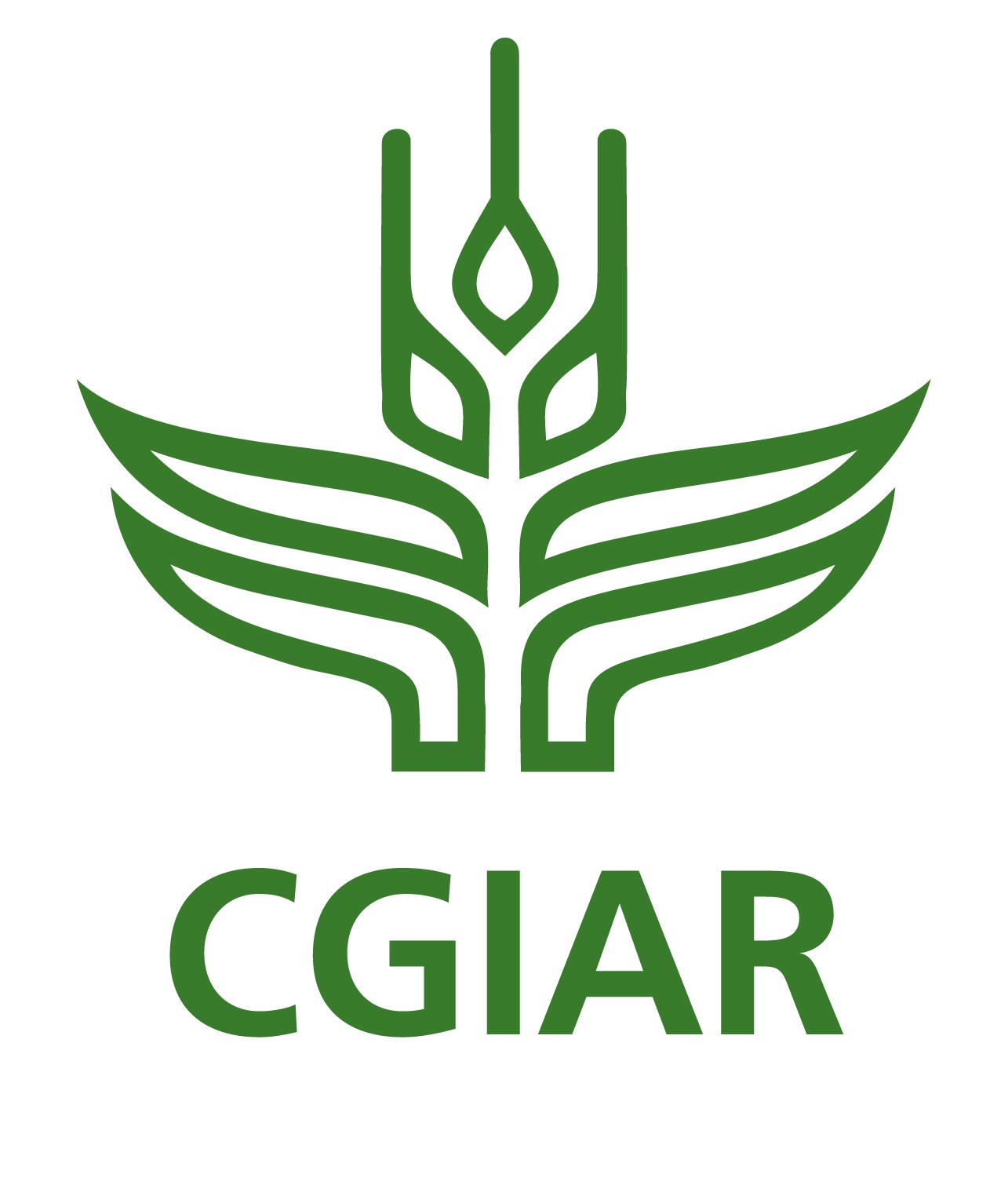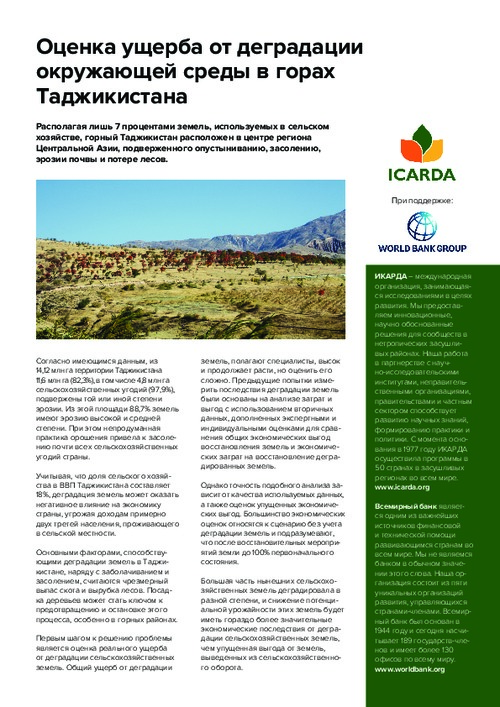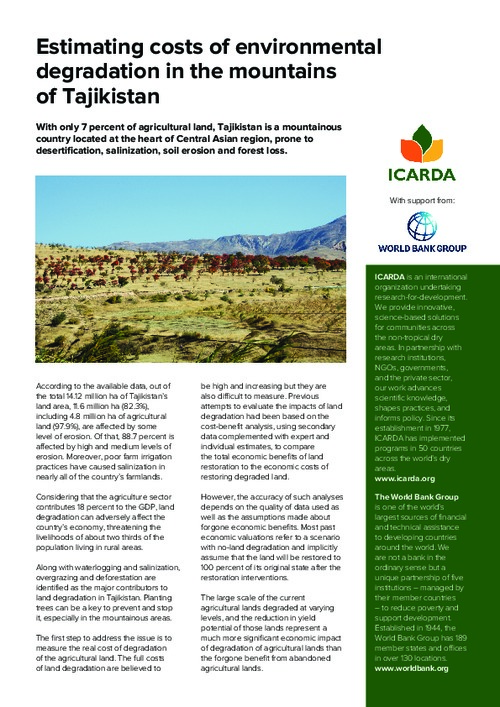Location
The International Center for Agricultural Research in the Dry Areas (ICARDA) was established in 1977. It is one of 15 such centers supported by the CGIAR. ICARDA’s founding mandate to promote agricultural development in the dry areas of developing countries remains highly relevant today.
ICARDA works with a tight focus on the problem-solving needs of resource-poor farmers, achieving this through the in-field delivery of its research outputs. Although global food production has increased by 20 per cent in the past decade, food insecurity and poverty remain widespread, while the natural resource base continues to decline.
International research centers such as ICARDA, which have helped drive previous improvements, continue to deliver new technologies to support sustainable growth in agriculture, and crucially, to work with a wide range of partners to accelerate the dissemination of these technologies.
ICARDA’s biggest strength is its staff – 600 highly skilled men and women from 32 countries. Our research and training activities cover crop improvement, water and land management, integrated crop-livestock-rangeland management, and climate change adaptation.
Other interventions include:
- Water harvesting - supplemental irrigation and water-saving irrigation techniques
- Conservation agriculture methods to reduce production costs and improve sustainability
- Diversification of production systems to high-value crops – horticulture, herbal and medicinal plants
- Integrated crop/rangeland/livestock production systems including non-traditional sources of livestock feed
- Empowerment of rural women – support and training for value-added products.
The ICARDA genebank holds over 135,000 accessions from over 110 countries: traditional varieties, improved germplasm, and a unique set of wild crop relatives. These include wheat, barley, oats and other cereals; food legumes such as faba bean, chickpea, lentil and field pea; forage crops, rangeland plants, and wild relatives of each of these species.
ICARDA’s research portfolio is part of a long-term strategic plan covering 2007 to 2016, focused on improving productivity, incomes and livelihoods among resource-poor households.
The strategy combines continuity with change – addressing current problems while expanding the focus to emerging challenges such as climate change and desertification.
We work closely with national agricultural research systems and government ministries. Over the years the Center has built a network of strong partnerships with national, regional and international institutions, universities, non-governmental organizations and ministries in the developing world and in industrialized countries with advanced research institutes.
THE ‘DRY AREAS’
Research and training activities cover the non-tropical dry areas globally, using West Asia, North Africa, Central Asia and the Caucasus as research platforms to develop, test, and scale-out new innovations and policy options.
Dry areas cover 41 per cent of the world’s land area and are home to one-third of the global population. About 16 per cent of this population lives in chronic poverty, particularly in marginal rainfed areas. The dry areas are challenged by rapid population growth, frequent droughts, high climatic variability, land degradation and desertification, and widespread poverty. The complex of relationships between these challenges has created a "Poverty Trap."
Members:
Resources
Displaying 1 - 5 of 431Poster Roll Up: Mechanized Raised-Bed System
The local cost-effective, raised-bed machine for small-scale farmers has been developed by ICARDA and its national partners to promote the adoption of raised-bed technology at a larger scale.
Application of the BBN approach: Enhancing rangeland governance under constraining land tenure systems: case of South Tunisia
The presentation discusses the application of the Bayesian Belief Network (BBN) approach to enhance rangeland governance under constraining land tenure systems in the South of Tunisia.
Online Template for Sustainable Livestock Management Option-by-Context (SLiM OxC)
This Template is designed for standardized description of Sustainable Livestock Management Options by Context (SLiM OxC), in which sustainable livestock management option and its social, economic and ecological contexts are systematically characterized. The SLiM OxC is adaptively developed based on the Template of Sustainable Land Management Options by Context (SLM OxC) of the GeOC tool (GeOC: https://geoc.mel.cgiar.org/, SLM OxC: https://mel.cgiar.org/slm/index).
Брошюра: Оценка ущерба от деградации окружающей среды в горах Таджикистана (CoED)
Располагая лишь 7 процентами земель, используемых в сельском хозяйстве, горный Таджикистан расположен в центре региона Центральной Азии, подверженного опустыниванию, засолению,
CoED Leaflet: Estimating costs of environmental degradation in the mountains of Tajikistan EN
With only 7 percent of agricultural land, Tajikistan is a mountainous country located at the heart of Central Asian region, prone to desertification, salinization, soil erosion and forest loss. The first step to address the issue is to measure the real cost of degradation of the agricultural land. The full costs of land degradation are believed to be high and increasing but they are also difficult to measure.






